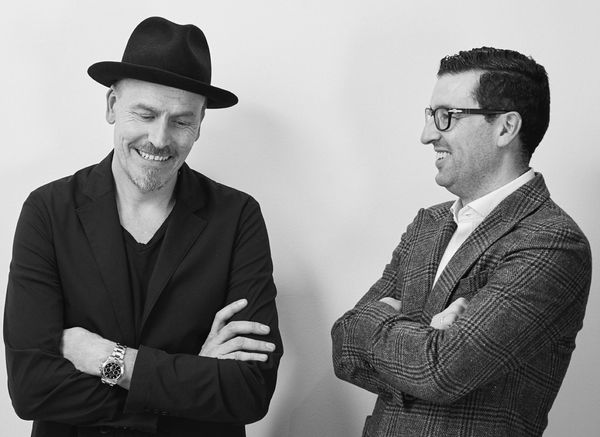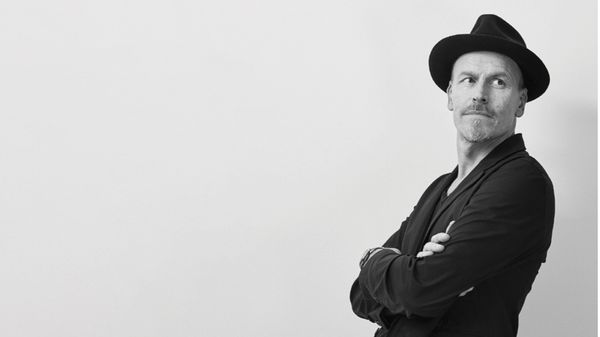
Søren & Kais
In an elegant mansion house off the Arc de Triomphe, home to Gaggenau’s Paris showroom, Designer Søren Rose and Kais Zaiane, Head of Global Business Development at Gaggenau, discuss their close working relationship and the future of living spaces.
Words Harriet Hirschler
Photography Tom Cockram
Designer and entrepreneur Søren Rose is a true innovator, whose eponymously named studio strives toward improving the immediate surroundings of human beings. Kais Zaiane, Head of Global Business Development at Gaggenau, is a prolific mover and shaker within the design world: connecting leading designers and architects to the brand in their quest to create beautiful kitchens. One big design idea, revolving around the concept of ‘tiny’, brought this creative trailblazer and business leader together and forged an ongoing exchange of ideas.
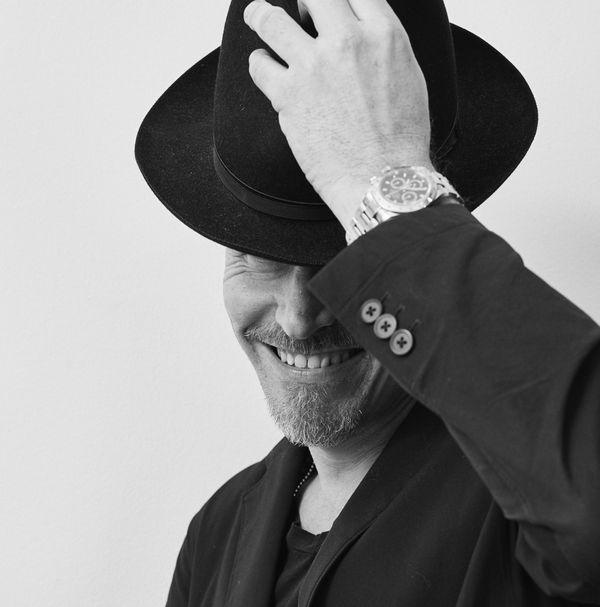
The Magazine: Can you tell us a bit about how you started working with one another?
Kais: A45 — Søren’s ‘Tiny House’ project — was how we actually came together for the first time. Søren showed me very openly and transparently what they were doing – and I was amazed by their planning. On top of that, Søren is a big believer that our brand does incredible kitchens.
Søren: Me and Bjarke Bundgaard Ingels, my good friend and partner from Klein, had this conversation in the middle of the Catskills in New York about how living in the city is amazing but being in the country is really where it happens and where we came from. So we thought that it would be super cool if we take everything we learnt from high-end residential and really boil it down to the essentials. And Bjarke and I decided to create a tiny house, which is 18 square metres.
K: It was very clear from the beginning, how visionary A45 was and what you did. And when you asked me, I loved what you were doing and we were in.
S: We created this prototype which Kais and a bunch of amazing other brands helped us with. It was fun because, the first time I talked to Kais, he was asking who I was working with. I said, ‘we just buy your things’. We just use Gaggenau because we think the brand goes well with the aesthetics and the style that we have.
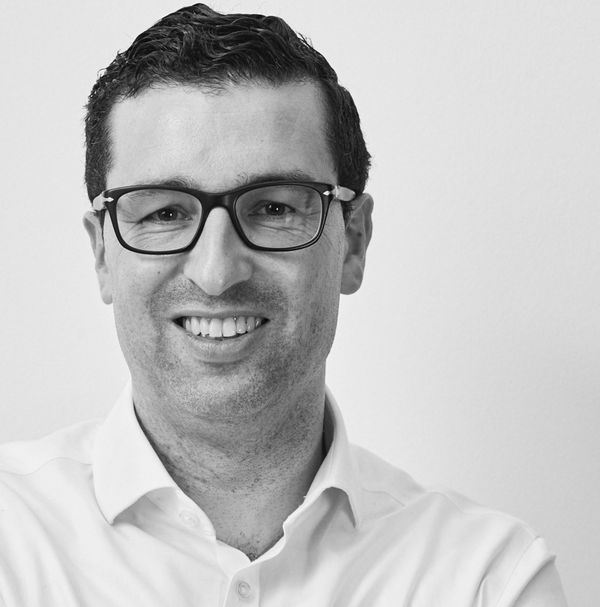
Søren, you have not always worked in design. Can you tell us how you got to this stage in your career?
S: I have a very broad serial entrepreneurial background and founded a number of companies since I was in my twenties. I came from communication and marketing and did a lot of branding. At some point I was lacking in passion, or tactility, and something you can grab onto – where I could leave some kind of legacy that was more than just a digital footprint. And it’s always been a bit of a dream for me. Growing up in Denmark, if you wanted to become a furniture designer you had to go to the academy. So, for me, it was daring to say I haven’t been to the academy but I would really like to pursue becoming an interior architect – and now furniture designer.
K: Can I ask a question – my mother is Swedish – do you think being surrounded by minimalistic design had an influence on your style?
S: Certainly, I think all Danes have a deep understanding of our design roots. If you ask any Dane who Arne Jacobsen was and who Fritz Hansen was, they will know that Fritz Hansen was the manufacturer, and Arne Jacobsen was the pipe-smoking architect with all these beautiful chairs. Danes save their money so that they can buy a PH [Poul Henningsen] lamp, or Bang & Olufsen… so part of the dream is materialism becoming a true lifestyle for successful living. In the end, it’s all about good design and prioritising the right elements. That’s what fascinates me about Gaggenau, because it’s all about priority, it’s always been no compromise.
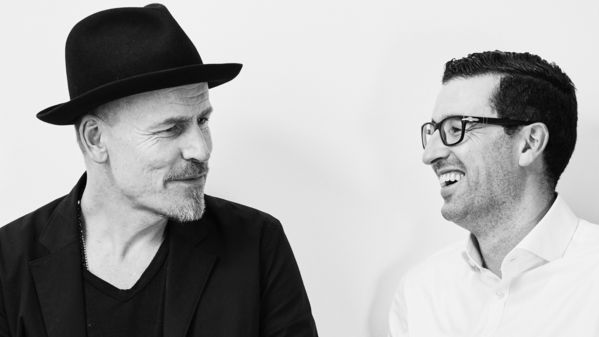

Kais, as someone who has worked with so many different designers and architects, how do you ensure that the product aligns with their creative vision?
K: What is most important is the permanent exchange, which is what we have with Søren. The best thing we can do is ask questions to great designers because they use our appliances, they talk directly to the consumers and create the beautiful spaces and kitchens. We ask them for feedback and what we could do better. It’s the only way, in my eyes, to do it right.
S: Exactly. I think that’s what it’s really all about. Adapting and continuing to evolve as a brand. Design is about conforming to people’s needs and also conforming to what they don’t know, even know they need it.
K: The relationship means that you feel on both sides it’s appropriate to ask and feel comfortable to say, 'it’s a beautiful looking product but…'. Design is, of course, key – it’s the first visual touchpoint, as is the high complexity of our appliances. You have to combine form and function. Going back to your question on how we marry Gaggenau with beautiful architecture, we work with the very top talent in the industry to build great appliances from a design perspective.

‘We like to see the kitchen, instead of being a closed room, as a new living space where the kids do the homework, where you meet, where you garden.’
Kais Zaiane

How does the tiny house concept fit into conversations around future living spaces?
S: I think it’s inevitable that people will be living in tiny houses…
K: Absolutely. This tiny house concept makes us go further in our thinking around how life will be in the future. Living in smaller apartments is a big future in a lot of places in the world. There will always be houses where you have space, but I think we will have to reduce our own walls.
S: We’re also definitely seeing that a room becomes more multifunctional. And I really see that now the kitchen is everything. It’s the drawing room, it’s the office. I conduct my most important meetings in my kitchen in my home in Copenhagen. I founded three or four companies in my kitchen. My kitchen is so much more than a kitchen. It’s integrated with outdoor; it’s where the kids do their drawings; it’s where I have a workshop or board meeting; it’s where we celebrate Christmas. So I definitely see that living spaces are becoming very multifunctional.
K: We like to see the kitchen, instead of being a closed room, as a new living space where the kids do the homework, where you meet, where you garden. And the whole smart aspect of our appliances are helping in this regard because they support you in so many functions from organising to cooking, meaning there will be more time spent in the kitchen. Design, most probably, is more relevant to people than it has ever been before, with the internet and social media. Even if there is a trend to see spaces become smaller, it doesn’t mean downgrading in quality. Quality can be really high in a small space, perhaps even more complex. But it’s definitely a good trend for Gaggenau that the kitchen becomes the social hub of the house.

Is sustainability becoming more important?
S: Certainly for our studio. It isn’t just about aesthetics all the time, it’s also about functionality and serving some kind of purpose. The main reason I am so passionate about craftsmanship and quality is you actually can create something that will outlive you, and that you can pass onto the next generation.
K: And then it’s also sustainable right? If a product lasts, of course it’s more sustainable. Our designers from the product side have to think how life will be in in the future. They will catapult themselves 30 years, because if today we start working on a product, there’s a certain amount of years that go by where we are testing them and looking at how people use the appliance. The beauty of Gaggenau is that it doesn’t look outdated.

Is there a question you want to ask each other?
S: If Kais has something he wants to ask, he just calls. [laughs] My question would not be about Gaggenau, it would be: were you always curious?
K: Curious? Yes. And you probably were, right?
S: Curiosity to me, is really the thing. If you’re curious, you’re on a journey to evolve. That’s what it’s all about. Keep asking those questions, keep exploring, it’s a constant treasure hunt.

